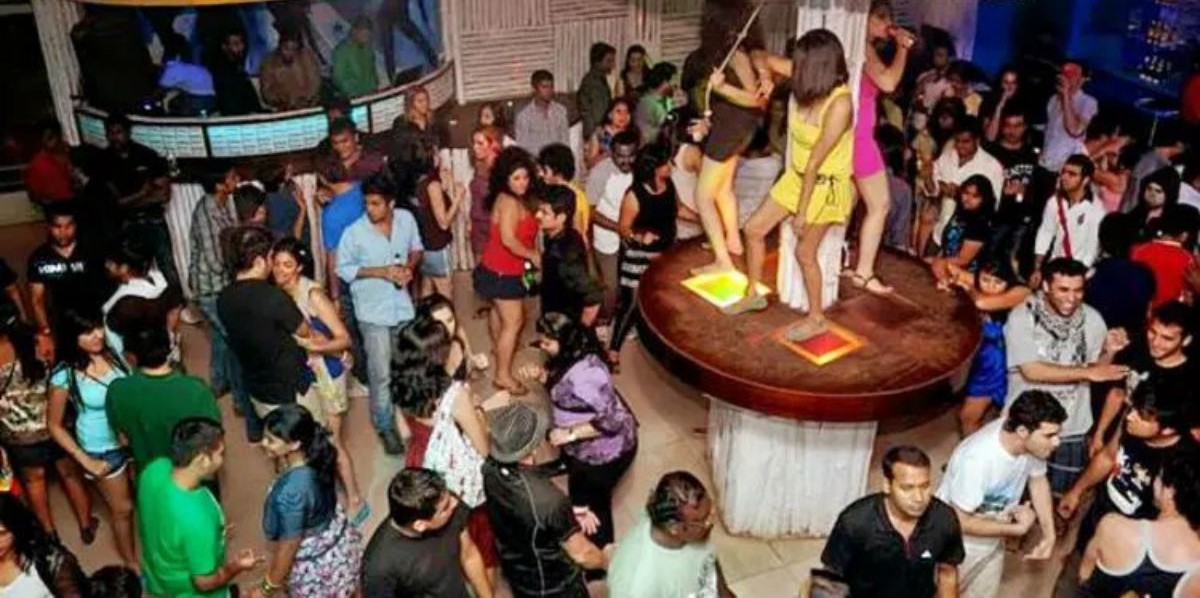The reality is that we in Goa are ourselves not active in challenging stereotypes, myths and unflattering projects of the place and its people

It can be a strange experience to read about Goa, the place you know -- in books, particularly online, even in film (Bollywood, and occasionally Hollywood). You sometimes can't help wondering why the place described hardly matches the Goa you know. Goa keeps getting defined in unflattering ways, and its people rightly feel upset by this.
Goa comes across as the land of sin and free-flowing alcohol (and gambling now, with a reason); religious bigotry; a brutal Inquisition; hand-cutting pillars; even slavery; backward looking or superstitious people; and the like.
How does a tiny region, which contributed so much to the East-West encounter and shaped Asian or even world history totally disproportionately to its size, get stereotyped and cliched in this manner? As a Xavier's College (Bombay) publication once put it, stereotypes tend to be "partly true, yet wholly false".
While it may seem that there is a certain truth to the above projection, what is amazing is its (i) overall falsity (ii) ability to sustain such stories over decades. Sometimes even centuries.
Deepa Gahlot, writing in the Mario Cabral e Sa-edited book 'Location Goa' (sadly, very poorly promoted by the Department of Information, though authored almost two decades ago) makes the point that so many films show Goa as a stereotype.
She writes: "Hindi films have had many characters with [Goan Catholic] names like Pinto, Braganza, Fernandes, Gonsalves, D'Costa and D'Silva; lots of Monicas, Rosies, Michaels and Monas. Two films with Goan heroines named Julie have been made, and the legendary Bobby was also a Braganza from Goa. One of Amitabh Bachchan's most loved characters (Amar, Akbar, Anthony) was called Anthony Gonsalves."
Young scholar Ryan D'souza (that's how he spells his surname) of the University of South Florida, makes his point in a recent dissertation titled 'Representations of Indian Christians in Bollywood Movies'. He argues: "Representations of Christians as hypersexual women and emasculated men within an emergent Hindu modernity discursively constructs India as a Hindu nation, and Christians as the westernized Other." [https://digitalcommons.usf.edu/etd/7772/]
The above reference is not only to Goa, but it can largely get confabulated with this region itself.
But it is not in films alone that Goa Is cliché. You find this online in great abundance. In industrial quantities too. Only recently, the Goa Police started tracking down sex rackets pointing visiting tourists to locations in Goa. This has been going on for ages.
YouTube vloggers can get tonnes of hits if they discuss issues like the liquor prices, of various products available in Goa. It would not be an exaggeration to say that it's exactly this side of Goa which attracts more visitors to the region; making it a self-perpetuating vicious cycle.
Some time ago, there was a discussion about the nuisance caused by excessive and intrusive crowds visiting Panjim's Latin Quarter of Fontainhas. Someone in the discussion blamed the bars and boutiques set up there for the crowd. But then, as another poster pointed out, in places like Parra's also-crowded "Dear Zindagi" Road, there are no bars or boutiques! So, what gives?
Both these places have been projected in a certain way, by some Bollywood films. Or, repeatedly over the years, in the Fontainhas case.
This means that visitors, in the crowds, are reliving a certain (imagined) experience. One which they encountered in Bollywood. True or otherwise, they want to go there, and get a share of this make-believe dream. The Fear of Missing Out (FOMO) in particularly strong in our Instagram-fuelled lives.
Writing a few years back, the American anthropologist Dr Robert S Newman explains the wider trend very perceptively. He comments: "Goa has been repeatedly mythologized over the centuries and Goans’ image has been consistently dominated by others -- first by the Portuguese and occasional foreign travellers, then by the anti-colonial forces in Delhi, then by hippies and those interested in their lifestyle, and finally by Hindi language films.
"Knowledge about Goa is disseminated on a wider scale, but it is created by others: people with money, people in search of more money, people with political connections.
"Goans have almost no say in deciding what image of Goa and Goans will be presented to the public. They are still voiceless. You may say that this is hardly unique in the world, and it doesn’t amount to much of a tragedy. Given the scale of misrepresentation and tragedy in the world today, you may be correct. But the film image of ‘Goa’ certainly has had severe ramifications and, some might argue, fatal ones for the real Goa."
A friend from the UK mentioned seeing projections which showed Goa as a place where one could: "Think single, see double, and act in a threesome". Organisers of events in Goa sometimes get so carried away with the stereotypes in their own minds, that they imagine it to be a Sin City of sorts. We're now being told that Sunburn is "good for Goa".
Today, you have festivals run by folks from elsewhere, for folks from elsewhere. If festivals about writing, film, music, conferences and academic talks go about portraying a misleading picture of Goa, how will these be challenged?
Unfortunately, the reality is that we in Goa are ourselves not active in challenging stereotypes, myths and unflattering projects of the place and its people. That we have been mentally enslaved into not thinking about ourselves -- in both the short and long run -- makes us particularly susceptible to such a trend.
This is not going to be an easy challenge. But it is an important one. If such stereotypes keep getting repeated, after some time, we will come to believe in it ourselves. Cultural minorities and groups which can be easily misunderstood need to build their own voice and challenge such projections, before things get even worse.